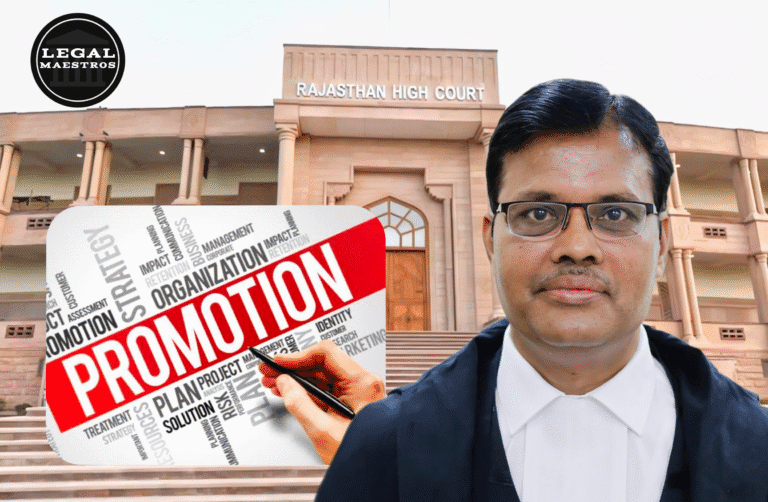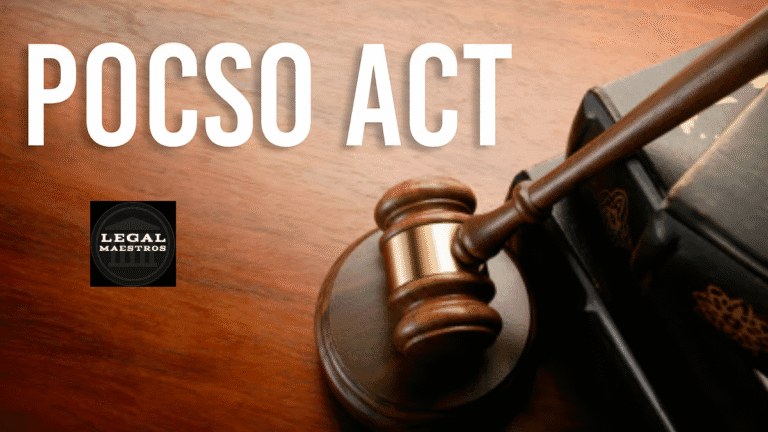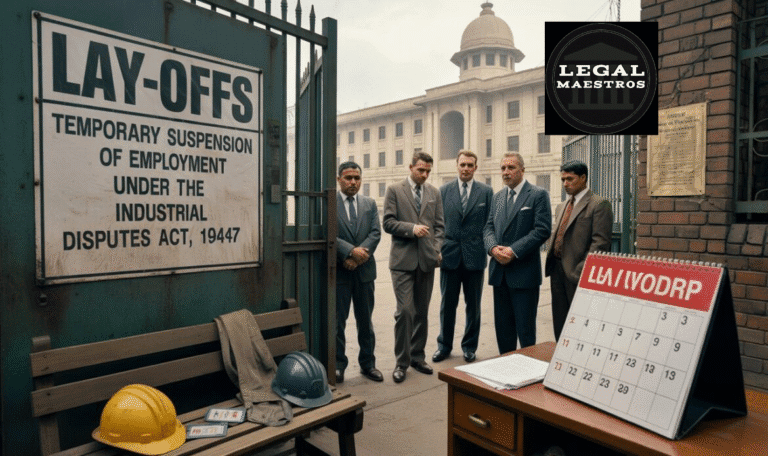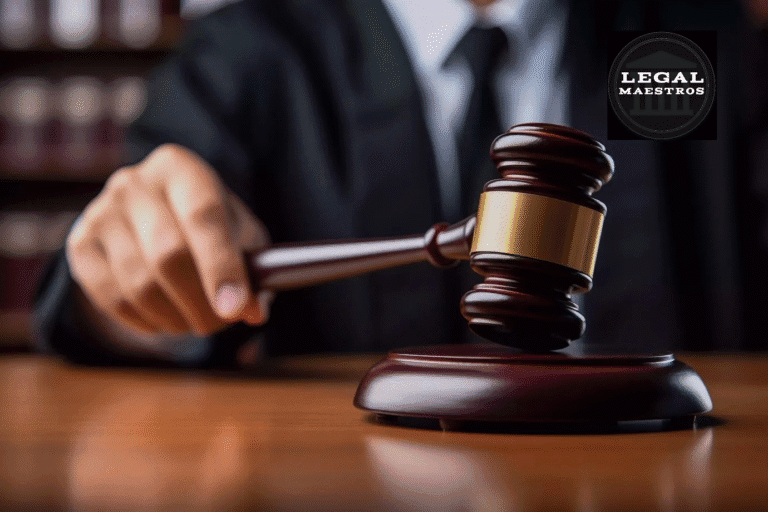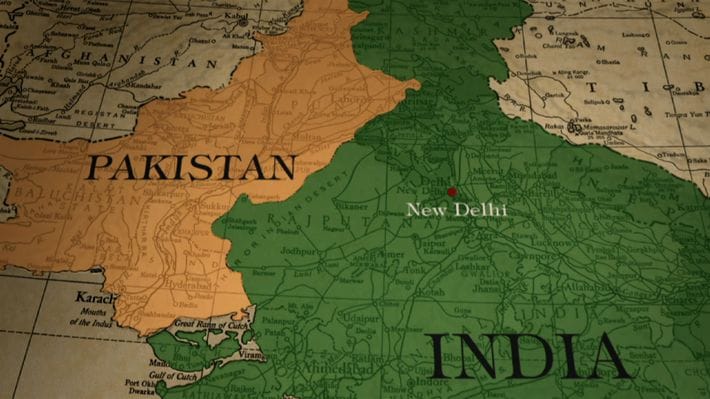
Delhi High Court Upholds Objections to Two CLAT PG 2025 Questions, Orders Result Revision
At New Delhi, on the 6th of June, 2025 – In a decision that would have a significant influence on the Common Law Admission Test for postgraduate courses (CLAT PG) 2024–25, the Delhi High Court has approved objections to two out of the three contested questions that were included in the final answer key for the examination.
A bench consisting of Chief Justice Devendra Kumar Upadhyaya and Justice Tushar Rao Gedela delivered the judgment in a batch of writ petitions that were submitted by Anam Khan, Nitika, and Ayush Agrawal.
The bench ordered the Consortium of National Law Universities to make any necessary corrections and reissue the results as quickly as possible.The number 20
For More Updates & Regular Notes Join Our Whats App Group (https://chat.whatsapp.com/DkucckgAEJbCtXwXr2yIt0) and Telegram Group ( https://t.me/legalmaestroeducators ) contact@legalmaestros.com.
The petitioners had sought the court in accordance with Article 226 of the Constitution, arguing that several answers contained in the Consortium’s final key were wrong. Additionally, they were requesting a return of the sum of ₹1,000 that was levied for each question in order to raise objections.
In spite of the fact that the Executive Committee of the Consortium had already settled four of the issues that were initially challenged (Nos. 11, 52, 89, and 90) on April 4, 2025, the petitioners’ complaints concentrated on issues 21, 57, and 98 of the Master Booklet. The Court made this observation.The number 20
The answer to question 21 was connected to the groundbreaking interpretation that the Supreme Court provided in the case of Bangalore Water Supply and Sewerage Board vs. A. Rajappa and Others (1978) about the concept of “industry” as it was outlined in the Industrial Disputes Act of 1947.
For More Updates & Regular notes, Join Our WhatsApp group (https://chat.whatsapp.com/DkucckgAEJbCtXwXr2yIt0) and Telegram Group ( https://t.me/legalmaestroeducators )
In the beginning, the Consortium had determined that “dominant function” was the most significant condition for determining whether or not an activity could be classified as an industry. The petitioners stated that the sentence in question, on the other hand, placed an emphasis on “the nature of the activity and the authority of the employer over its employees” as the determining element.
The court agreed with the petitioners and ordered that Option C be recognized as the proper answer. This decision was made after the court had reviewed the course materials and taken into consideration the fact that the section in question was taken from secondary commentary rather than a straight extract of the ruling.The number 20
The first response provided by the Consortium was supported by the court in regard to Question 57, which investigated the extent to which the reverse charge mechanism under the Integrated Goods and Services Tax (IGST) applies to ocean freight services.
Additionally, the rationale that the mechanism distributes tax duty to service receivers based in India was matched with the argument that an importer, who is not the actual beneficiary of the service, should not be responsible for bearing the tax burden under reverse charge.
In spite of the fact that both sections were accurate, the petitioners argued that the rationale did not adequately explain the allegation. On the other hand, the court came to the conclusion that the rationale that was supplied was, in fact, the right and comprehensive explanation of the allegation. As a result, the petitioners’ challenge to this matter was dismissed.The number 20
In question 98, the focus was on the theoretical concept of a legal right, which was provided in a text that was borrowed from The Oxford Handbook of Jurisprudence and Philosophy of Law.
Roscoe Pound was attributed by the Consortium with the creation of the phrase “Right is an interest which is to be recognized, protected, and enforced by law.” However, the petitioners contended that Sir John Salmond was the one who came up with this formulation.
After referring to authoritative rulings made by the Bombay High Court and the Supreme Court, the court came to the conclusion that Salmond’s definition was in perfect accordance with the phrasing of the question. As a result, the bench instructed the Consortium to acknowledge Option B as the right answer.The number 20
In addition to addressing the issue of the answer key, the petitioners had also made a request for justice over the objection cost of ₹1,000 per question, which they considered to be exorbitant and arbitrary.
While the Court did acknowledge concerns with the disproportionate comparability of fees charged by other national testing bodies, it did not go so far as to completely abolish the tax. Instead, the bench suggested that this matter be brought to the Committee that is led by Justice G. Raghuram (Retired) for a full assessment prior to any future exams. They also urged the Consortium to take into consideration objection costs that are more acceptable.
With these orders, the Delhi High Court dismissed the petitions without incurring any expenses.
It also ordered the Consortium to swiftly amend the final answer key in accordance with the verdict and to inform those candidates who were affected by the decision.
It is anticipated that the ruling would have an effect on admission offers at more than twenty National Law Universities, therefore reiterating the importance of the judiciary in maintaining fairness and openness in high-stakes entrance tests.

